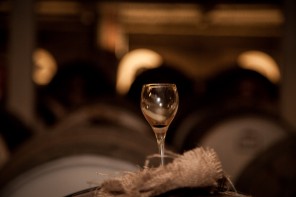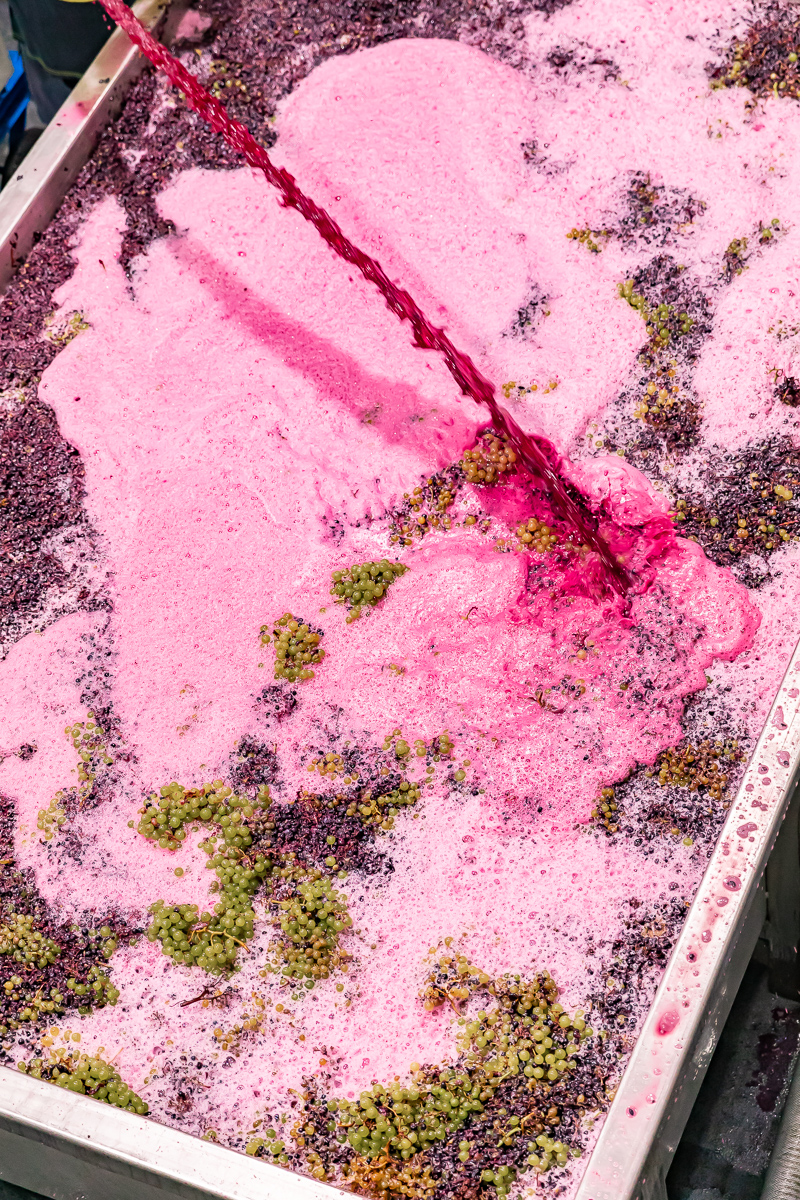
One of the things I love about wine – apart from the sheer joy of drinking it – is that there’s often a great back story. And in the case of April Red, from South Australian producer Patritti, the story is as fascinating as the wine. The wine is an intriguing blend of Grenache and Pedro Ximénez, the latter produced only in the tiniest of quantities in Australia.
If you’ve travelled in Spain you might have fallen in love with luscious Pedro Ximénez dessert wines there. Patritti has some old plantings of Pedro Ximénez in suburban Adelaide and this year for the first time has incorporated it into April Red, a dry table wine crafted in the nouveau style (lighter bodied, bottled soon after harvest).
Bottled in April and released at the beginning of June, it was likely one of Australia’s first reds (if not the first) from the 2020 vintage.
I’m a huge fan of Grenache – Australia has some of the oldest Grenache vines in the world and they produce such aromatic, interesting, medium-bodied wines. Adding a small percentage (about 7%) Pedro Ximénez, a white grape, has added not only interest and complexity but also softened the blend so it can be drunk very soon after harvest.
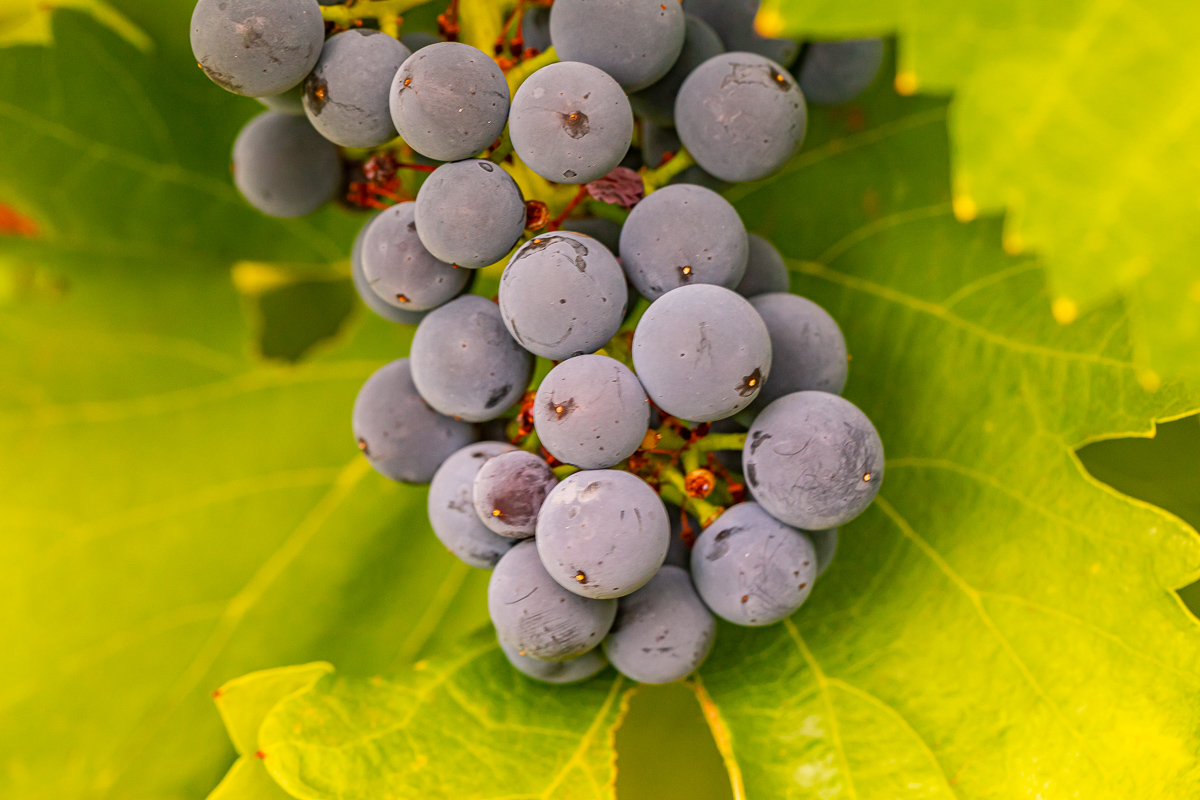
It was what some may call an eccentric project for winemakers James Mungall and Ben Heide who drew on fruit from two of Adelaide’s small historic urban vineyards. Patritti has both an amazing historical legacy and an eye on the future with its innovation and experimentation.
A family enterprise established in 1926, it is the last remaining 100% family-owned fully operational winery in suburban Adelaide. The Grenache for April Red comes from its world-famous Marion vineyard, planted in 1907. The Pedro Ximénez comes from 50+ year old vines grown on the banks of Sturt Creek.
These small yet significant suburban vineyards leased from the local council possess a unique and almost lost terroir, forming the heart of this entirely fruit-driven wine and revealing the unadulterated character of the region once known as ‘The Garden of Adelaide’.
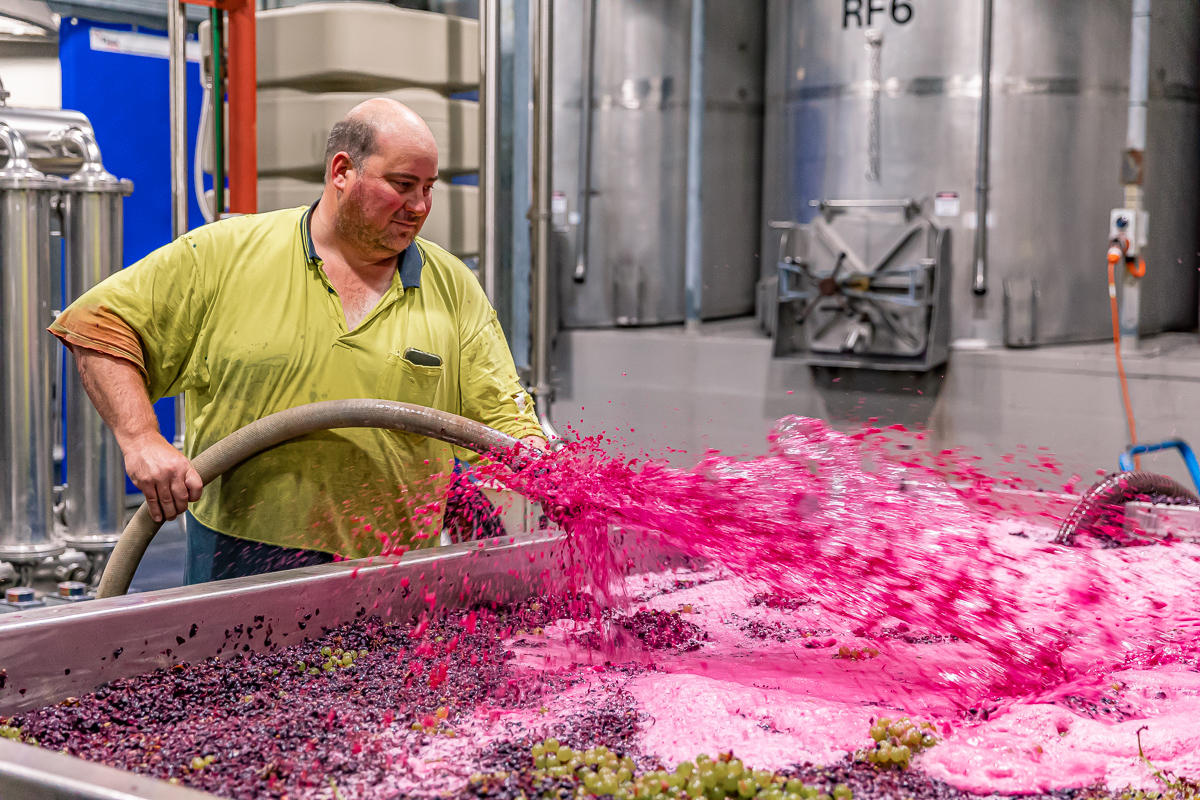
When Patritti became custodians of the tiny plots of vines along the Sturt River, part of the Living Kaurna Cultural Centre, winemakers James and Ben became excited by the opportunity to work with old plantings of Pedro Ximénez.
After undertaking major vineyard rejuvenation works, the first crop was too small to produce a stand-alone wine. However, they thought the fruit characters would be perfect for adding complexity and aromatics to the Grenache, so they decided to experiment. Whole bunches of the Pedro Ximénez were co-fermented with the Grenache. The result is a fresh, vibrant young wine that is full of interesting fruit character and complexity.
“I believe the 2020 vintage was the best fruit we’ve harvested from the Marion vineyard since we became caretakers in 2006,” says James. “The flavour and balance were amazing so we selected a small area of the already small vineyard to be kept separate for the production of this wine.”
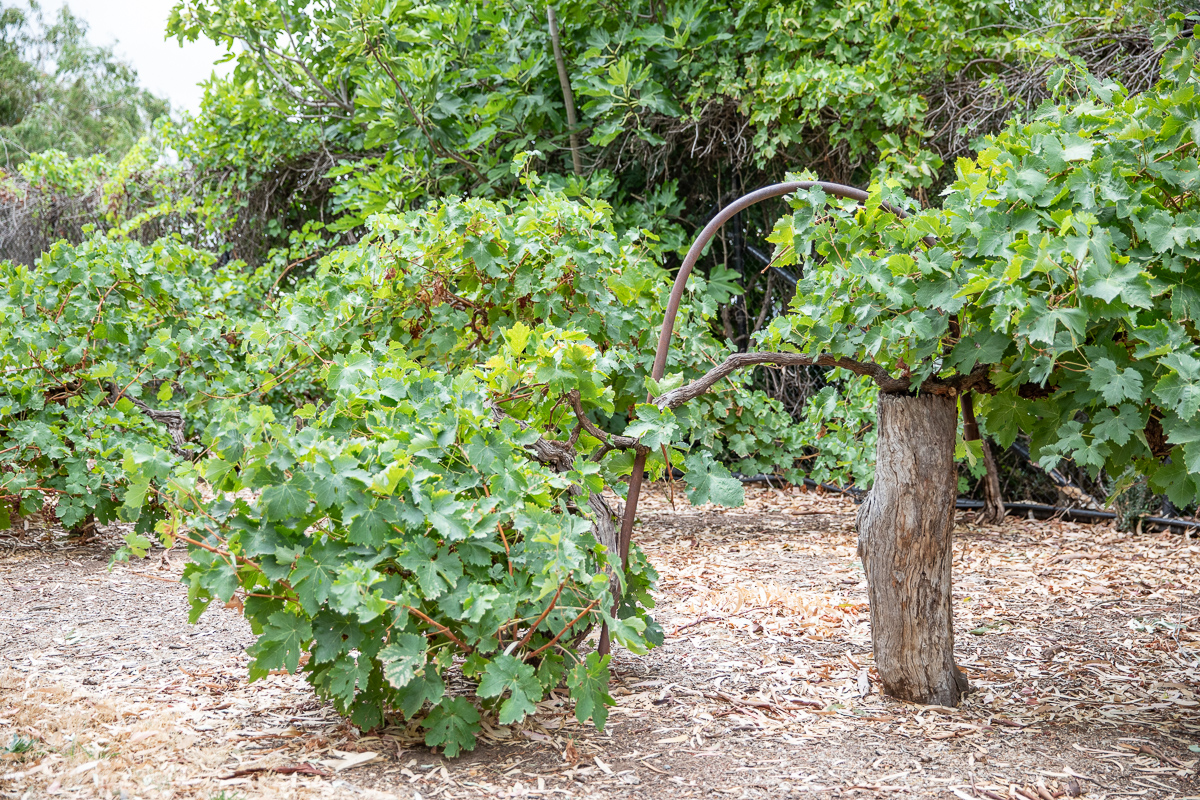
Patritti first produced an April Red in 1978 and although the technique used for making this one differs from the 1978 Grenache/Shiraz, it highlights the company’s willingness to experiment and innovate. The earlier experiment, conducted in conjunction with the Australian Wine Research Institute, gained national media attention for the scientific feat of producing Australia’s youngest ever commercial red wine.
On 13 July 1978, The Canberra Times reported that:
“The Australian Wine Research Institute has developed a new method of making a fresh fruity, young dry red wine. The method enables winemakers to make a wine that is in the bottle and drinkable within three weeks of the grapes being harvested. … The wine is made by a process that involves removing the skins from the grapes before the completion of fermentation; cold stabilisation and then pasteurisation. … Three experimental wines, each in 13,600-litre lots, have been made at the Patritti Winery in Adelaide under the direction of Dr Chris Somers, Principal Research Scientist at the AWRI.”
James Mungall, grandson of Patritti’s founder Giovanni Patritti, remembers hearing the second generation talk about the family’s willingness to work with Somers who lived close to the winery.
“When Ben and I talked about trialling this project, I couldn’t help but imagine how this process would have looked more than 40 years ago, without our modern winery and technology,” James said. “I imagine my family following the direction of research scientist Chris Somers, wondering how this would turn out, so different to what Australia was used to producing at that time. Although the winemaking process has changed from the original release, we have managed to create a modern take on this style once again bottled in April soon after harvest.”
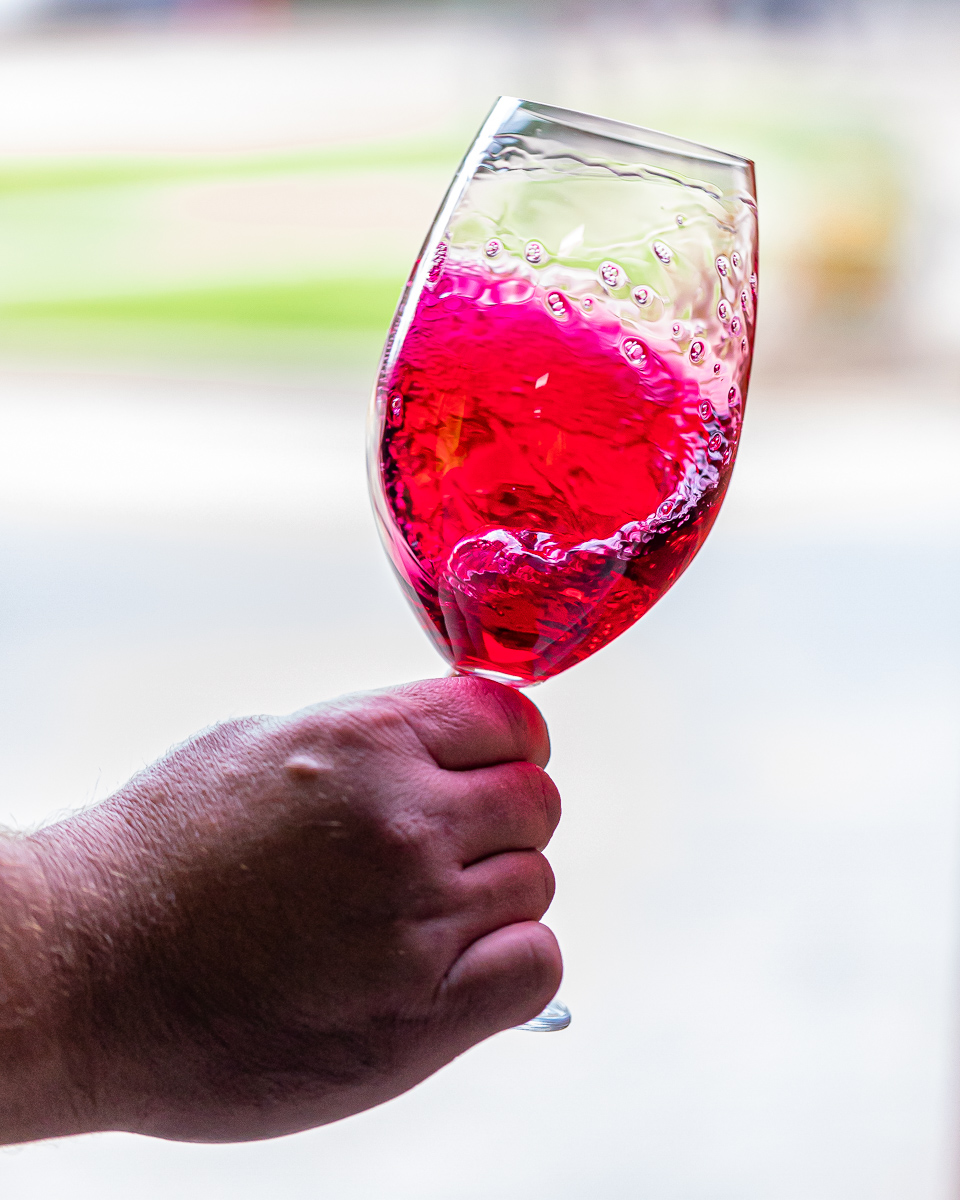
Patritti 2020 April Red sells for $24 and is available from the cellar door or online at www.patritti.com.au
Only 2700 bottles of the wine have been produced so you’ll need to get in quick.
With thanks to Patritti winemaker Ben Heide for supplying the photos we’ve used in this post. Ben is a keen photographer in his spare time and his work is beautiful, don’t you agree?



